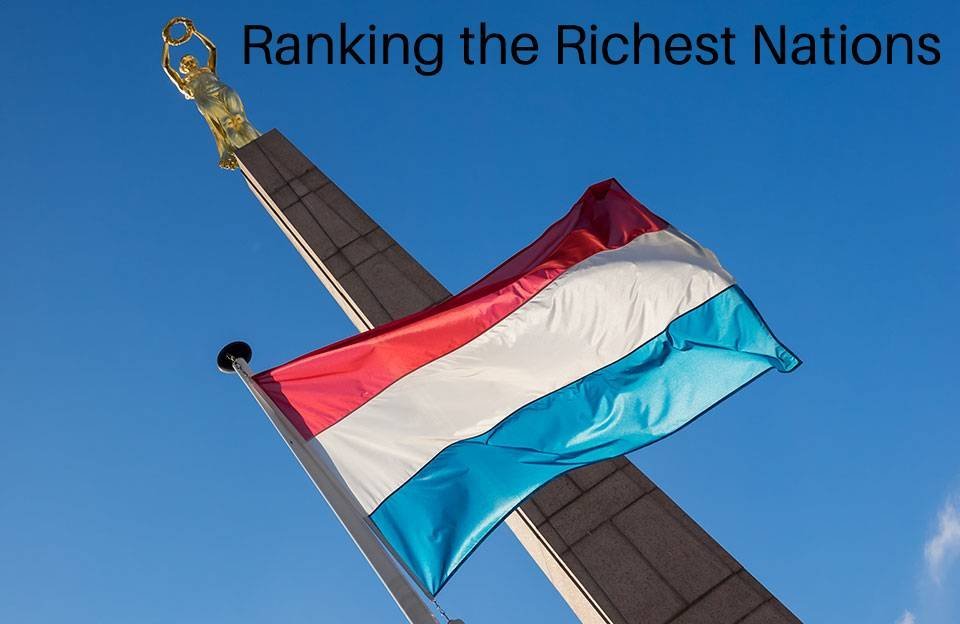
In the landscape of global wealth distribution, certain countries stand out for their high concentration of millionaires and billionaires. These individuals not only shape economies but also influence global trends in philanthropy, business innovation, and societal impact. Understanding where these affluent individuals reside provides insights into economic dynamics, investment opportunities, and the distribution of wealth worldwide.
United States
Undoubtedly, the United States leads the world in terms of the sheer number of millionaires and billionaires. With its vibrant tech sector, financial markets, and entrepreneurial culture, the U.S. has created an environment conducive to wealth accumulation. Cities like New York, San Francisco, and Los Angeles are magnets for the ultra-rich due to their concentration of financial institutions, venture capital firms, and tech startups. According to Forbes, in 2023, the U.S. alone boasted over 800 billionaires, underscoring its dominance in global wealth accumulation.
China
China’s rapid economic growth over the past few decades has transformed it into a hotspot for millionaires and billionaires. With a booming manufacturing sector, a burgeoning tech industry, and a massive consumer market, China has minted numerous new billionaires in recent years. Cities such as Beijing, Shanghai, and Shenzhen have become hubs for entrepreneurs and investors alike, fostering a competitive business environment. China’s embrace of innovation and its massive consumer base have propelled many individuals to immense wealth, positioning the country as a key player in global wealth distribution.
India
India’s economic liberalization in the 1990s paved the way for significant wealth creation, leading to a surge in millionaires and billionaires. The country’s IT sector, pharmaceutical industry, and consumer markets have been instrumental in generating wealth for its entrepreneurs and investors. Cities like Mumbai, Delhi, and Bangalore have seen a rise in ultra-high-net-worth individuals, fueled by sectors such as technology, finance, and real estate. India’s demographic dividend and growing middle class continue to drive consumption and investment opportunities, further bolstering its position in global wealth rankings.
Germany
Germany combines economic stability with a strong industrial base, making it a magnet for wealthy individuals. The country’s engineering prowess, automotive industry, and emphasis on innovation have contributed to the wealth of its entrepreneurs and industrialists. Cities like Munich, Frankfurt, and Berlin are home to many millionaires and billionaires, benefiting from Germany’s export-driven economy and technological advancements. Germany’s emphasis on education and research also plays a crucial role in fostering an environment conducive to wealth creation and retention.
Russia
Despite economic fluctuations, Russia remains home to a significant number of millionaires and billionaires, largely due to its vast natural resources and strategic industries such as energy and commodities. Moscow, in particular, stands out as a hub for wealth, with its concentration of financial institutions and corporate headquarters. The Russian elite have amassed fortunes through sectors like oil, gas, metals, and telecommunications, contributing to the country’s prominence in global wealth rankings.
United Kingdom
The United Kingdom’s historical role as a financial center has cemented its status as a home for millionaires and billionaires. London, in particular, is a global hub for finance, attracting investors, entrepreneurs, and high-net-worth individuals from around the world. The UK’s service-based economy, coupled with sectors such as real estate, technology, and creative industries, has fostered an environment conducive to wealth creation. Despite economic uncertainties, the UK continues to be a key player in global finance and wealth management.
Conclusion
The distribution of millionaires and billionaires across the globe reflects not only economic prowess but also cultural, political, and historical factors. While the United States leads in sheer numbers, countries like China and India are rapidly closing the gap, driven by their economic growth and technological advancements. Germany, Russia, and the United Kingdom each play distinct roles in the global economy, attracting wealth through different industries and economic strategies. Understanding these dynamics not only provides insights into global wealth distribution but also informs investment strategies, economic policies, and opportunities for international collaboration in the pursuit of sustainable economic growth.







